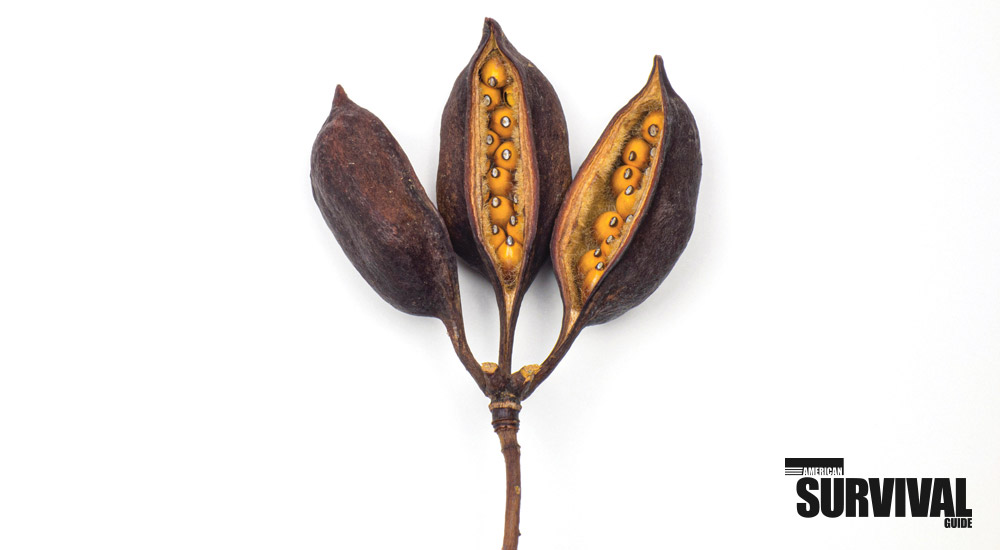AUSTRALIA’S KURRAJONG IS A SOURCE OF FOOD AND WATER
Widely used as an ornamental in the United States, this tree’s seeds also make good food.
Name: Kurrajong (Brachychiton populneus)
DESCRIPTION
The kurrajong is a medium-sized tree with oval-shaped leaves that are evergreen. The trunk is occasionally swollen or enlarged at the base.
The fruit is a hard, little pod about 2 to 3 inches long that looks like a miniature wooden canoe. Inside the pod are about a dozen golden seeds, each covered with a fine fuzz.
WHERE FOUND
The kurrajong is native to Australia. The tree has been transplanted into the American Southwest and West, South Africa and throughout the Mediterranean regions as an ornamental and street tree. Although they’re not as widespread as the eucalyptus tree, kurrajongs will grow wherever eucalyptus can grow.
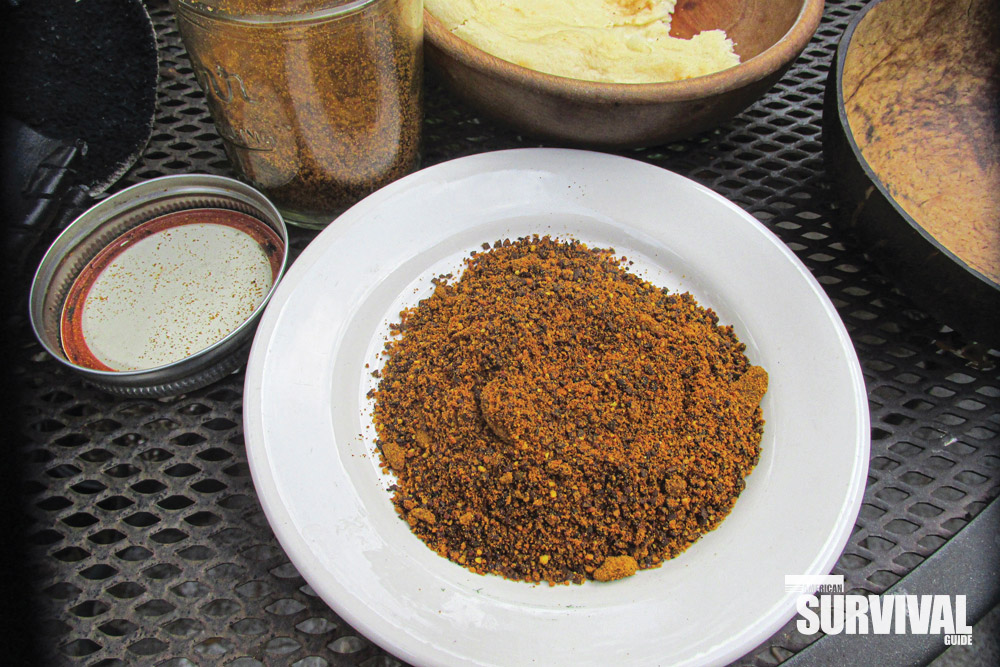
USES
Kurrajong seeds have long been used by the Australian aboriginals for food.
When I first tried these, I simply wiped the fuzz from the seeds and popped a few in my mouth. They’re hard at first, but they soften up in the mouth. They become chewy, with a flavor reminiscent of corn. The flavor is good.
I also tried roasting the cleaned seeds (without oil) in a cast iron skillet over the fire. I just shook the skillet from time to time for about 15 minutes. I heard some seeds pop, but mostly, they just faded from a bright yellow to a dull yellow bordering on brown. These tasted much better than the raw seeds and, again, the flavor was very much like corn and maybe reminiscent of sunflower seeds.
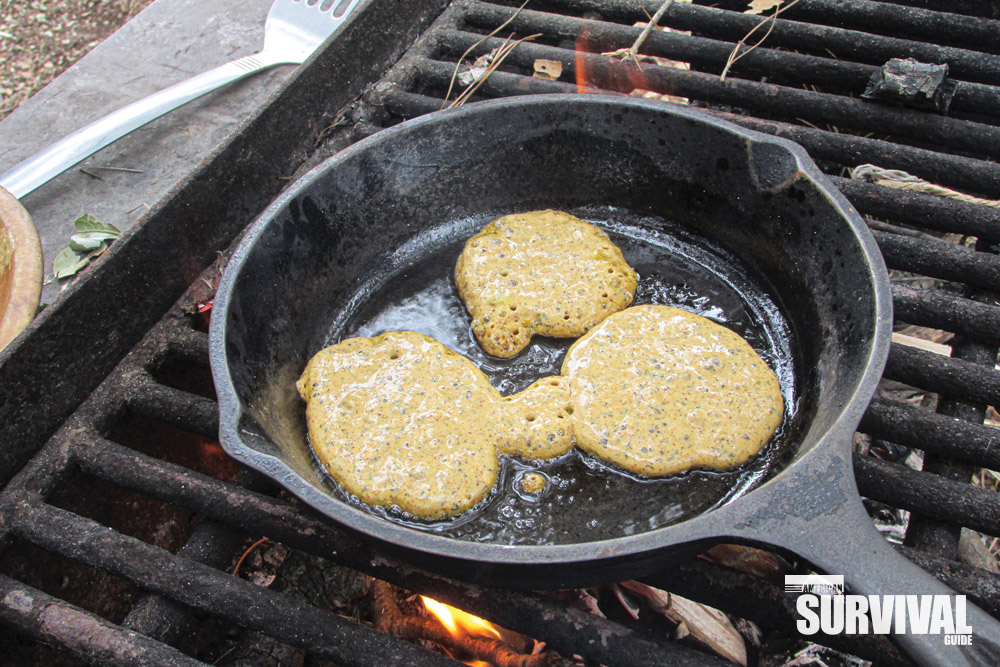
I also tried using the seeds to make pancakes. I took some ground-up kurrajong seed flour and mixed it, half and half, with some wheat flour. I blended it well and then cooked it in a hot skillet. The batter had that dark-golden color of the seed, and it had texture. Everyone I served it to enjoyed it, even without honey or a topping. Even the children liked them! There was a flavor like burnt corn, along with a very slight astringency. As you chewed, the pancakes seemed almost oily, like eating peanut butter.
In Australia, kurrajong seeds also have a long history as a coffee substitute. The seeds are first lightly roasted, then ground and brewed, as you’d do with regular coffee beans.
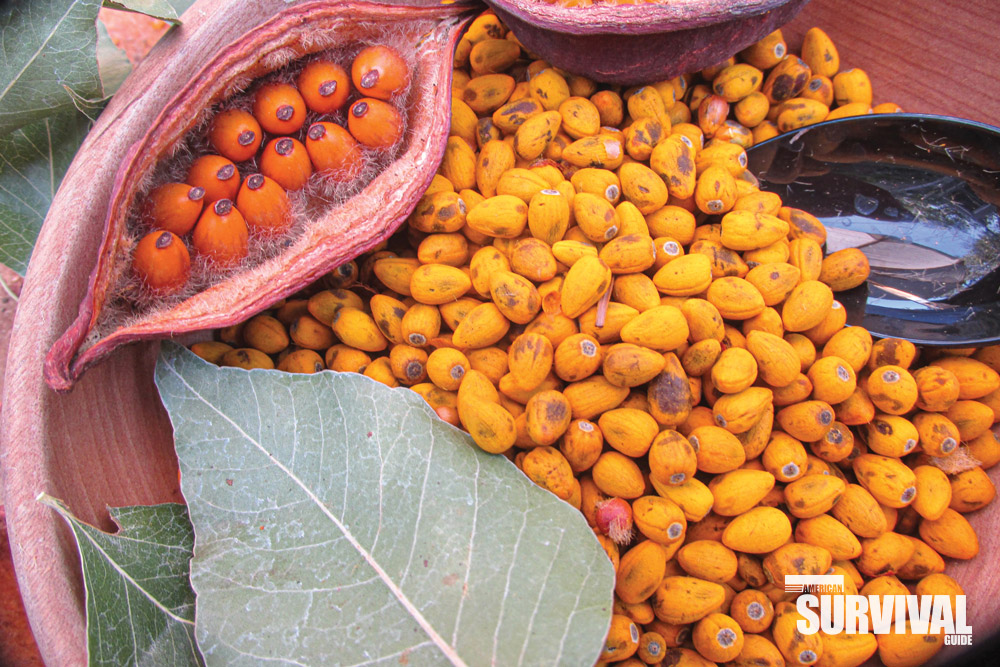
I took roasted kurrajong seeds and ground them in a coffee grinder. This produced an obviously oily golden flour. I put two heaping teaspoons of the golden flour into my drip coffee filter and produced a somewhat opaque, golden-colored beverage. The fragrance was a bit like burnt corn, and the flavor was reminiscent of a grain beverage. It produced a pleasant drink that wasn’t strongly flavored one way or the other. I wouldn’t compare it to coffee, except that both are warm beverages.
According to Australian bush resident Daniel Sainty, with whom I spoke about the kurrajong, the young kurrajong trees have a yam-like, tuberous root that’s often considerably broader than the stem above, and this was a popular item of food among the aborigines.
PROCESSING
When you process these seeds, you don’t want to get the fine fuzz all over your skin; I suggest wearing gloves. The fine fuzz isn’t like cactus spines, but there’s a lot of it. If you don’t use protection, you’ll feel the fuzz all over your body. Then, pick out the seeds with a knife, letting them drop into a bowl. However, I found that the easiest way to clean the seeds was to put them into a metal colander and shake the colander over a flame, which effectively burns off most of the fuzz.
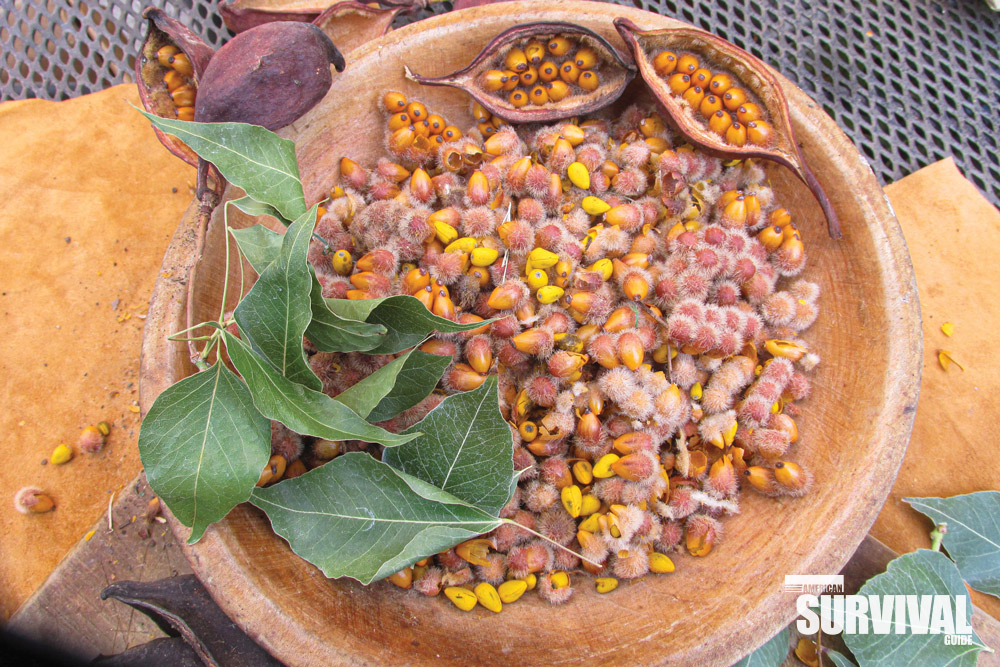
WHEN TO HARVEST/AVAILABILITY
The kurrajong fruits mature and fall during autumn, from late September into early November.
MEDICINE/NUTRITION
According to a study by the University of Sydney, these seeds contain about 25 percent fat and about 18 percent protein. The study also stated that 100 grams of the seeds contain about 348 calories (as a comparison, peanuts contain about 567 calories per 100 grams).
CAUTIONS
I did learn—the hard way—that you need to be careful when you clean each seed of its outer coating, which, as I’ve already mentioned, is covered in a very fine fuzz. When I first learned that these seeds were edible, I picked a few of the dark-yellow, fuzz-covered seeds out of the pod and just rubbed them between my hands in order to remove the fuzzy chaff. The fuzz is very fine, and it’s not a serious irritant, but I did feel it; and afterward, I needed to wash my hands, as well as my clothes. The seed coating also imparted a yellowish pigment to my skin (which easily washed off).
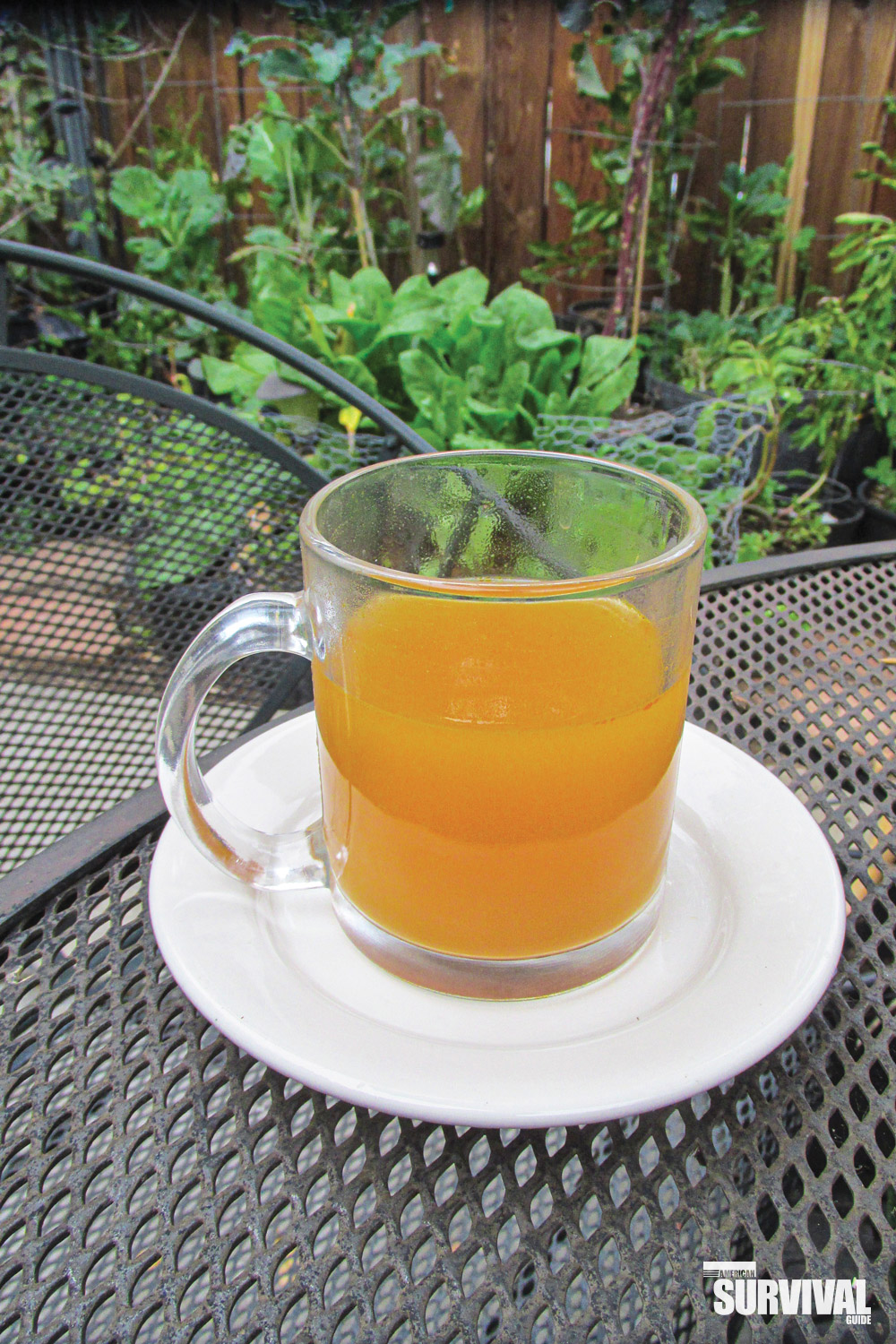
OTHER USES
Aborigines were known to burn down the kurrajong tree in the belief that this would drive water into the roots. They would then put one end of the roots into the coals of a fire and the other end into a container to catch any water that slowly dripped out. This is said to be a good way to get water if you’re in the Australian bush (although I’ve never tried this).
At least two species of Brachychiton (B. rupestre, or bottle tree, and B. populneus, or kurrajong) are known to be good water trees, and other members of the genus probably also have roots worth tapping. There were reports that the Aborigines had subsisted in some areas almost wholly on water from kurrajong roots.
About ASG’s Plant Advisor
Christopher Nyerges has been teaching ethnobotany since 1974. He is the author of Guide to Wild Foods and Useful Plants, Foraging Wild Edible Plants of North America, and other books on the uses of wild plants. He can be reached at SchoolofSelf-Reliance.com.


